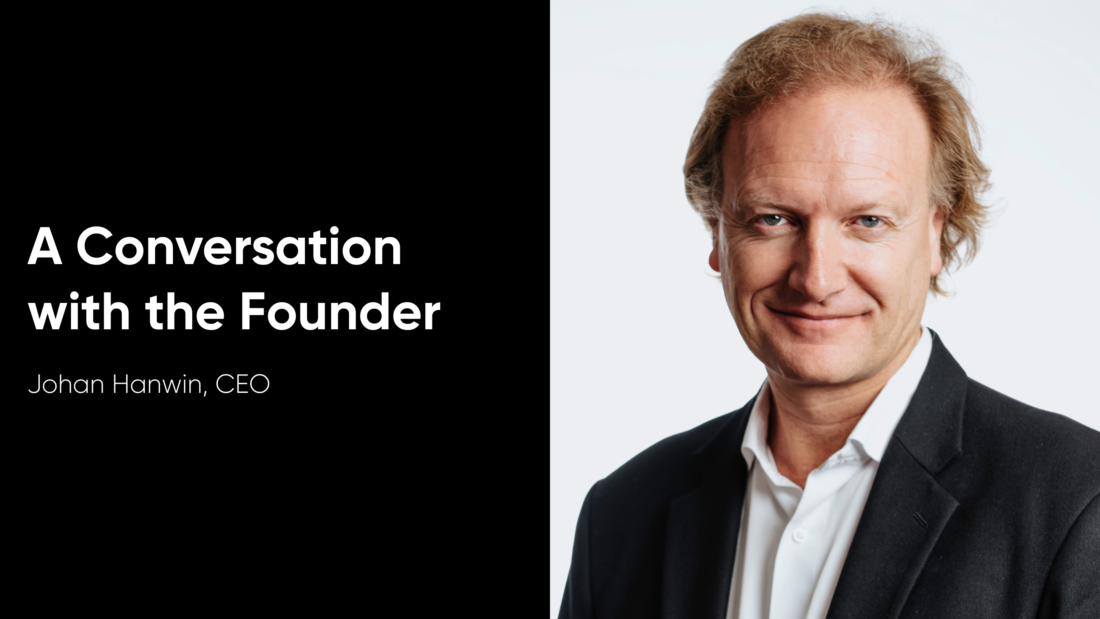So, what do we really mean when we use the term psychodynamic? And how can we apply this perspective to the world of business?
Well, to put it simply, psychodynamic perspective has its roots in a set of theories that explain the unconscious mind, initially founded by the Austrian physician Sigmund Freud. In other words, the psychodynamic perspective helps us to understand unconscious psychological processes (for example wishes, fears and impulses) and explores how our current feelings and behavior are shaped by past experiences. In this piece of article, we will highlight a couple of important psychodynamic concepts in order to help you appreciate the relevance of this approach in relation to a business- and organizational context. We start with the maybe most well known one.
Unconscious slips
Freud, along with his followers, discovered that there are parts of our mental life that are hidden, which he referred to as the unconscious. However, he realized that it was difficult for people to accept the unconscious and noticed how there was a form of resistance to it, so he believed it could be accessed by attending to dreams, slips of tongue, and mistakes. These forms of “Freudian slips” were perceived as valuable means of communication that were beyond our awareness. Therefore, Freud recognized the importance to make an interpretation of these symbolic expressions.
But why is it even important to consider the unconscious mind through symbolic expressions?
Well, because it can impact our communication, reaction, and consequently business performance. The unconscious mind can help us understand ourselves and others. It can process beyond the surface and read what’s in between the lines. Attending to the unconscious can therefore give us invaluable insight into relational dynamics at work and in organizations.
From a psychodynamic perspective, communications can have two layers of meaning: While we may say something at the conscious level, we may communicate a hidden meaning unconsciously. As an example, when you hear a group of employees talking about their problems with the AC at work. On one level they may refer to the manager’s difficulty to follow through on his/her promises, at the same time, they may be making an unconscious reference to managers inability to ”fix and cool down” internal conflicts.
Projection as defense – a biased protection from your emotions
The unconscious also uses defenses as a way of protecting itself from painful emotions and external threats. In business context, these emotions could be a consequence of a conflict between different departments or managers and employees being in a competitive struggle with one another.
Having said this, defenses are not always bad or destructive, in fact, they can be quite constructive in that they allow the staff to grow and develop within the organization. But as you figure, there are times when defenses are harmful, resulting in employees leaving the company and/or preventing the organization from growth. As an example, we can see that institutions also develop defense mechanisms as a way of protecting themselves from painful and threatening emotions. One such defense is projection.
Projection is a form of defense that we use by locating unwanted feelings in others rather than in oneself because its simply too painful to acknowledge the ”badness” in oneself. According to Halton (2019), projection of feelings of badness outside the self helps to produce a state of falls goodness and self-idealization.
We end this article with a few scientific conclusions from Petriglieri and Stein (2012), and three things for you to bring along. Petriglieri and Stein discuss how individuals who work as top-level managers can engage in a process, whereby they unconsciously project unwanted aspects of themselves into others, in order to shape and sustain an identity that would fit that particular role. The recipients of the leader’s projections may then project these back at the leader, which can develop a harmful culture and intensify ongoing conflicts – which of course we want to avoid.
Here are three things to keep in mind dealing with projective behaviors:
1. Set aside time for reflection of your own and others’ expressed opinions.
From your recent conversation or digital meeting, try to pinpoint moments where you or someone acted defensive or reflected negative about others – was it a projection?
2. Support those in your surrounding who are under high visibility.
Take away pressure from exposed persons to reduce the risk of expressing negative projection.
3. Leader and follower – view it from both perspectives.
Understand and address both the transmitter’s and receiver’s perspective to see the gap between the leader’s capabilities and follower’s expectations.



